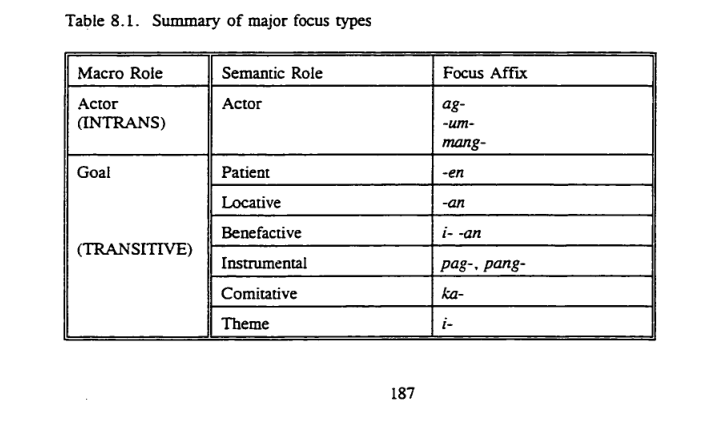Thank you for the information. It's probably possible that many of what we associate with the larger Austronesian culture actually developed in the Philippines. More focus, then there's the strong maritime culture. Taiwan might be the birthplace of the Austronesian cultures, but the Philippines is the "center".
@Bituingmaykinang
Bituingmaykinang The high number of foci/triggers found in Ilocano and Tagalog are both innovations unique to the Philippines. Formosan languages tend to be more conservative to the original four trigger system. *Tend to be, some may have more or less. When my Chinese gets good enough I'll be able to read more about them. Most literature is in Mandarin.
@akosikoneho
Can you two do a deep dive, I would like to know the origins of this crazy "polite particle" system (ho, po, plurals for formal respect). I don't see this in the proto. Salamat ho.







